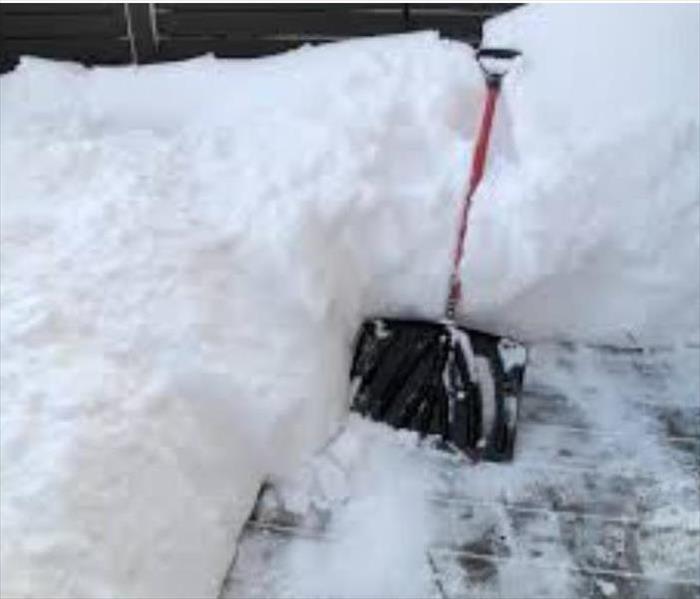Tips On How To Prepare Your North Utah County Commercial Building For Utah Snow Storms.
10/29/2019 (Permalink)
Is your commercial building ready for a snowstorm?
Prevent Costly Facility Issues with these Facility Maintenance Winter Tips
Snow, ice, and freezing rain can wreak havoc on a commercial building, especially if you are not prepared. Here is a checklist of tasks to help any building owner prepare for a snowstorm.
Checklist to Prepare Your Office Building for a Snow Storm:
- Have a Plan: As a property manager, it is important to have a written emergency and disaster plan in place, including preventive measures and procedures. Also, list critical shut-off locations for water, electrical mains, emergency generators, and fire protection systems.
- Preventative Maintenance: Have your water heater and HVAC system inspected and serviced regularly.
- Identify and Address Potential Issues: Before the storm hits, it is important to identify and address potential issues, such as pavement roof drainage issues that can cause water to drain onto walkways.
- Snow Removal: The flat roofs on most commercial buildings are prone to freezing, thawing, and refreezing, which can plug roof drains and add excess weight, which could cause the roof to collapse. This is why it is so important to remove snow as necessary.
- Pipes: Wrap exposed pipes with insulation sleeves to keep them from freezing. If a pipe does freeze and burst, turn off the main water supply to the pipe immediately and leave the faucet open until repairs can be made.
- Clear Walkways: Keep walkways clear of snow and ice. Use salt, chemical pellets, and sand as appropriate.
HVAC
- HVAC System: Be sure your cooling tower heaters and piping heat traces are functioning to protect them from freezing. Also, heat pumps and condensing units can fail when snow builds up around them and restricts airflow, so be sure to keep them clear of snow & ice buildup. Make sure your economizer is not calling for outside air. Check that outside damper function properly as in some instances they may need to be closed manually.
- Temperatures: Check your set-back temperatures after hours and determine if hard-to-heat areas need to be adjusted to higher temperatures to protect critical building equipment and systems.





 24/7 Emergency Service
24/7 Emergency Service
